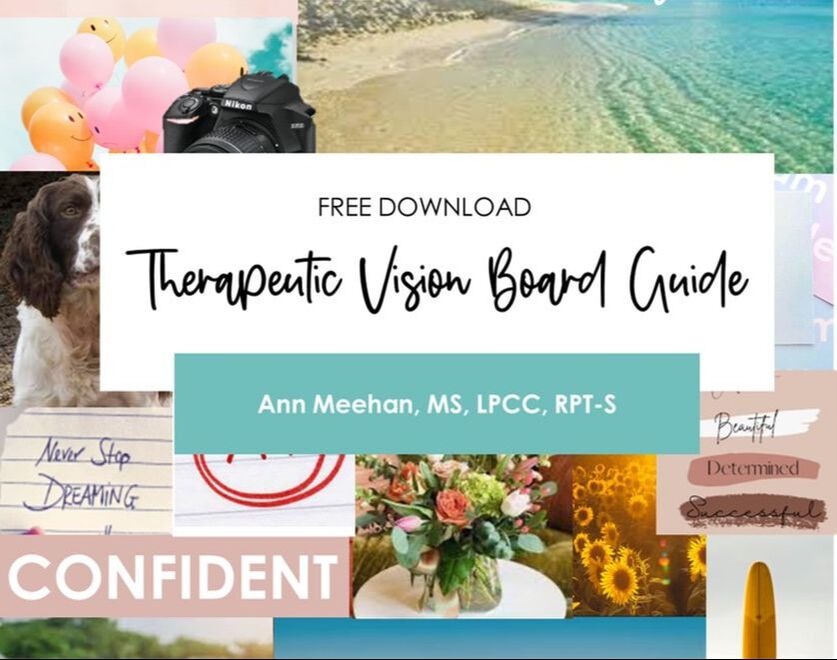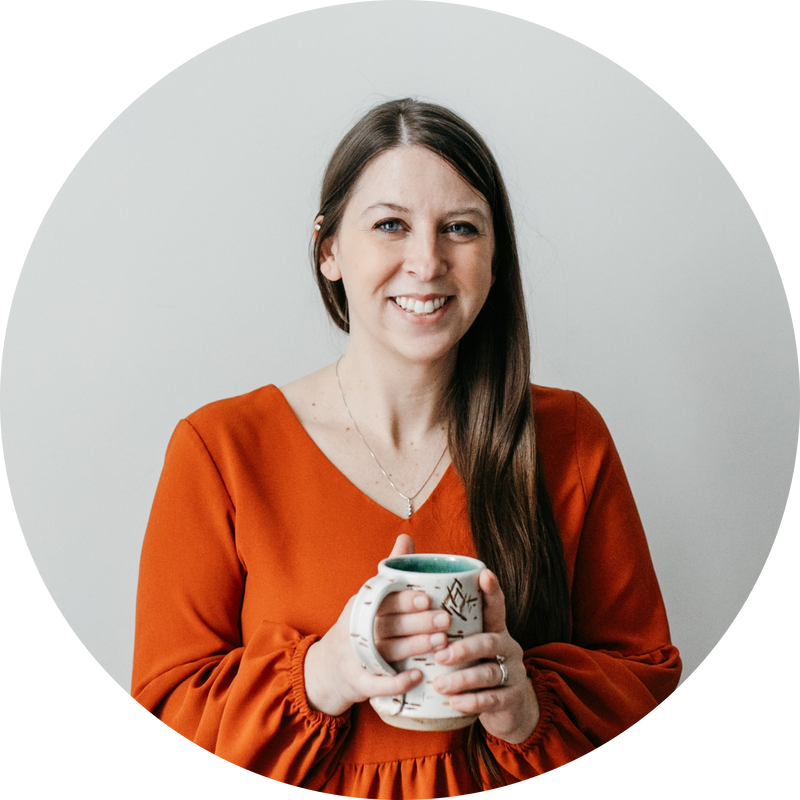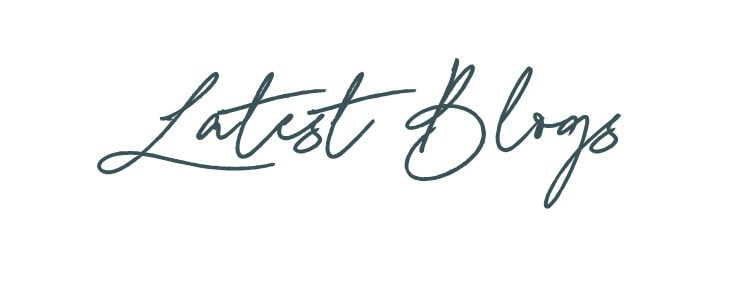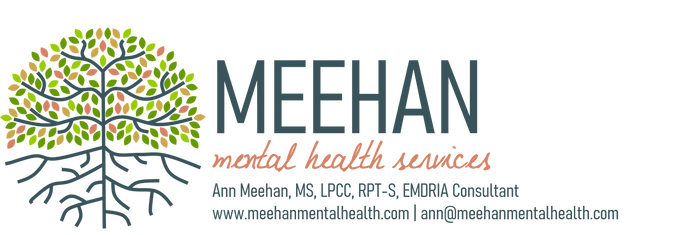|
Creating a vision board is a fun, engaging, and playful way to help middle schoolers and teens to help think about the goals and create hope and excitement for the future. Did you also know that vision boarding is backed by research and neuroscience as a way to help young people move towards their goals? The first way this is true comes back to research about the “common factors” that make therapy effective. I talked HERE about the number one factor that predicts success in therapy, which is the therapeutic relationship! The number two factor? Well, that just happens to be hope. Hope for the future and hope that things will get better. Without this hope and vision, young people will struggle to put in the hard work it takes in therapy because they really don’t believe that things will be different. Vision boards also help your brain identify and grasp opportunities that may have otherwise gone unnoticed. Neuroscientist Tara Swart explains it like this - our brain has a process called “value tagging” which is a system for imprinting important things onto your subconscious. Items that are “value tagged” are assigned a higher value and seen as more important. Information that is seen as unnecessary is filtered out. By creating a visual representation of your goals you are telling your brain these things are important to you and your brain will begin to pay attention to and notice things in your environment that align with these goals instead of filtering the information out. Now, there is one shift that I make when taking the concept of a vision board and bringing it into the therapeutic relationship. And, that one thing is willingness. It’s one thing to put wildly exciting things on a vision board like “climb Mount Everest” or “take a hot air balloon around the world” - but if they don’t like the cold or heights these goals have a slim to none chance of coming true. So I like to shift the concept of vision board to action board. What dreams do they have that they are committed, willing, and prepared to work towards? Getting an A in math class? Driving a brand new car? Traveling to Hawaii? Getting into their top pick for college? Renting their own apartment? Being able to cook dinner? Being the captain of their team or the lead in a play? Then - you take these big goals and break them down into little bite sized pieces. Things they can accomplish in a shorter amount of time that brings them closer to their goal. What activities or volunteer opportunities do they need to have to get into their top college? What are the steps from getting to barely boiling water to fully preparing a three course meal? What exercise regime will get them closer to scoring more goals? Grab this FREE downloadable worksheet guide HERE that helps both you and your clients get crystal clear on what the larger vision is and the action steps to get there. After all of this you can decide on your medium:
Don’t forget to grab this FREE downloadable worksheet guide HERE to help you make vision boards therapeutic, fun, and effective! Now – get dreaming! Let's Connect - click here to join my email list!
3 Comments
Darlene Kelly
1/3/2022 06:42:39 am
Fantastic resources. Thank you for sharing
Reply
Ann
1/3/2022 02:05:45 pm
Thanks Darlene! I'm so glad you found it useful!
Reply
Leave a Reply. |
Hi, there!I'm Ann Meehan, an LPCC, Loading... Archives
July 2024
Categories
All
|
Privacy Policies | Terms of Use | Disclaimer
Contact
[email protected] | Copyright Meehan Mental Health Services 2022
Contact
[email protected] | Copyright Meehan Mental Health Services 2022





